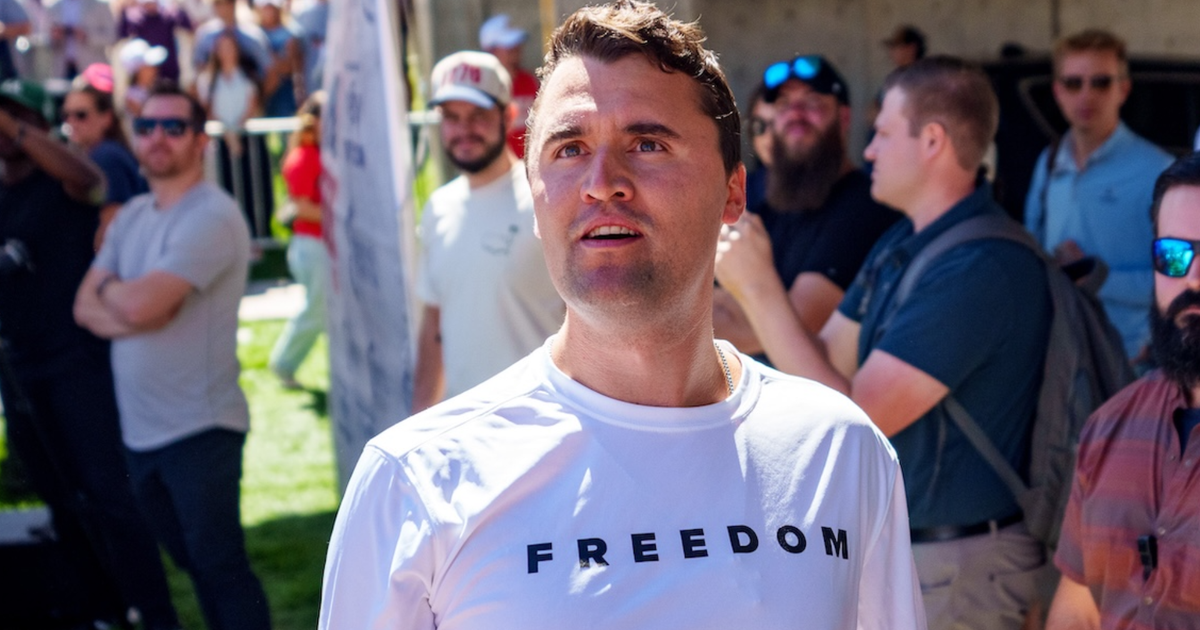Australia’s biggest businesses are pleading for bipartisan climate policy as the government prepares to announce its newest emissions reduction pledge, while warning an overly ambitious target would cost half a trillion dollars in a decade.
The Business Council of Australia, which represents more than 100 of the nation’s largest firms, has released a report from consulting firm McKinsey & Company arguing that up to $150 billion in gas and coal exports would be cut each year if Labor tried to reduce emissions by 70 per cent by 2035. Climate groups are privately critical of the McKinsey report.

Climate Change and Energy Minister Chris Bowen in a heated exchange on energy prices on Thursday.Credit: Alex Ellinghausen
Australians would need to buy more electric vehicles, and airlines would have to use more sustainable fuels, the modelling shows, and nearly 60,000 new workers would be needed by 2030 to build projects – a fourfold rise on 2022 levels.
The government’s climate adviser is expected to soon recommend a range of about 65 to 70 per cent for reductions by 2035. It is also expected that Climate Change and Energy Minister Chris Bowen will land in that vicinity when he announces updated targets this month, alongside more details about how farmers, miners and households will need to change habits.
The Coalition is again tearing itself apart over energy policy. It is split over the 2050 net zero pledge and mulling a new gas reservation policy. On Thursday members received a private briefing from McKinsey consultants in parliament to educate them on the energy sector and the rocky transition to renewables.
Loading
Opposition energy spokesman Dan Tehan is travelling to the US next week to visit nuclear research hubs, even though the opposition has gone quiet on the Peter Dutton-era nuclear power plant policy.
Labor is being pressured by grassroots party members and climate activists to go for a target even higher than 70 per cent, but the government has consistently stated its intent to adopt an achievable target as it faces pushback in regional areas where solar and wind farms are being built.
The McKinsey report states that “on the current policy course, Australia can achieve around a 50 per cent reduction”, reflecting the challenge for Labor in executing the major economic reform of overhauling the energy grid.
Speaking about his report, which calls for a nonpartisan emissions plan, business council chief Bran Black called on Labor to cut down approval times to build the energy projects required to allow Australia to prosper from the energy transition.
“Ambitious but achievable targets with the right policies to deliver them are key to Australia’s long-term competitiveness and prosperity,” Black said.
The business council research states that a 70 per cent target would require between $435 billion to $530 billion in spending on green projects, subsidies and other measures, paid for by a combination of business and government. Lower targets of 60 per cent and 50 per cent would cost between $210 billion and $480 billion.
Importantly, the McKinsey analysis does not include longer-term considerations about the downside costs of a heated planet or the boost to GDP generated by spending on new forms of energy. The analysis includes only capital costs, and the emergence of new technologies may lower those estimates.
The bitterness around the energy debate was on display in question time on Thursday when the independent member for Fowler, Dai Le, asked Bowen a question suggesting the “government’s approach to net zero is leaving almost zero dollars in the pockets of families”.
In his response Bowen accused Le of being a part-time MP due to her role as a local councillor, just after Anthony Albanese launched a fiery attack on pro-fossil fuel Coalition MPs, including Barnaby Joyce.
Loading
“The Australian people know when a government’s getting on with the job and they know when an opposition is engaging in hypocrisy. If Coalition hypocrisy created energy, we would have gigawatts to spare,” Bowen said in parliament, after hinting he may not legislate the 2035 target, as the government did for 2030.
The business community is split on how hard the government should go on its next climate target, which it must release under its obligations in the Paris climate agreement. A higher target could also help the government with its stalled bid to host the next COP global climate summit.
Last month, the business council was known to be divided over a preferred target. Climate advocates who have seen drafts of the McKinsey report have blasted it and challenged its assumptions on the costs of renewables.
Responding to the findings, Bowen said it was clear that the business lobby, a traditional ally of the Coalition, wanted a clear path towards the adoption of renewables after years of muddled policy under the Coalition.
Loading
“It is in the national and economic interest – they know the cost of inaction is too great,” he said.
A separate Deloitte report commissioned by Business for 75, a group of pro-green companies including Fortescue, Atlassian, Canva, Lendlease and Unilever advocating for ambitious action, found the pursuit of a 75 per cent target could add $370 billion to Australia’s GDP over the next decade, equating to a per capita increase of over $10,000.
According to the Deloitte analysis the higher target would promote investment, foster innovation, and drive an infrastructure transformation that would boost Australian green energy and advanced manufacturing, adding an average of 45,000 additional jobs annually over the next decade.
Before unveiling the 2035 target, Labor will release a long-delayed report on the forecasts of climate change-induced damage to government budgets, ecosystems and personal health.
Cut through the noise of federal politics with news, views and expert analysis. Subscribers can sign up to our weekly Inside Politics newsletter.
Most Viewed in Politics
Loading


















































